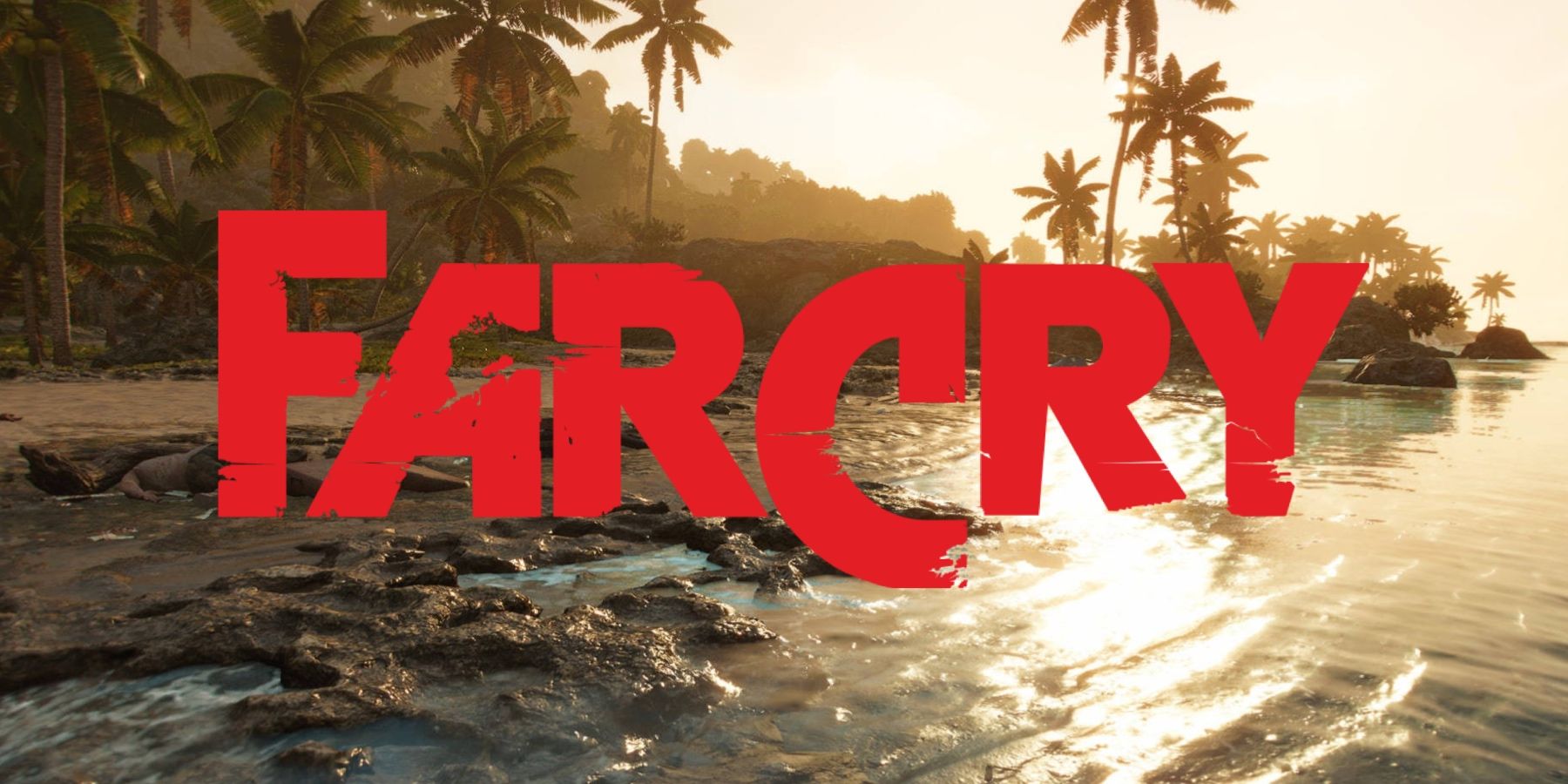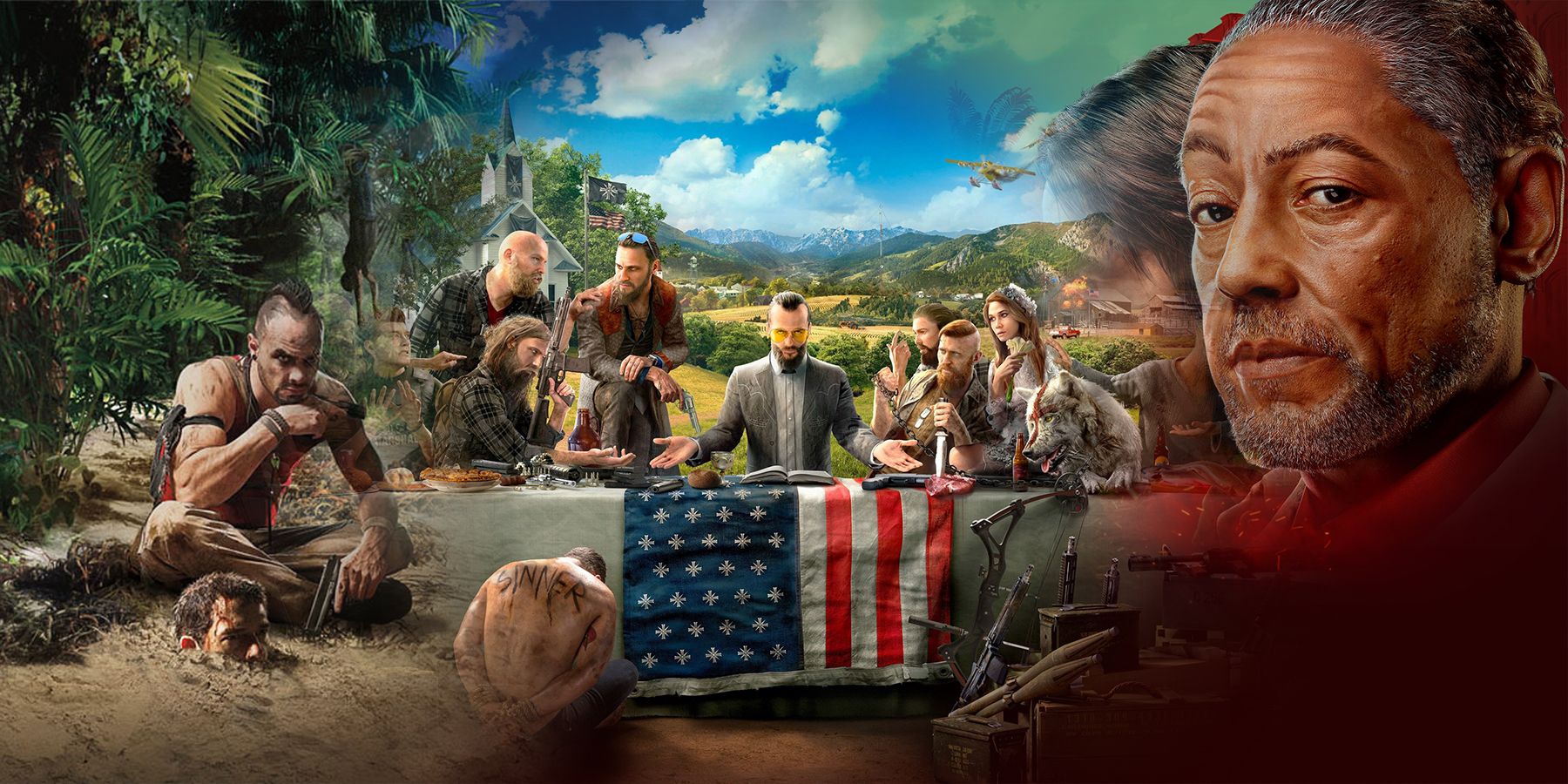Highlights
- The Far Cry series is known for its iconic open-world structure, featuring climbing towers to reveal map sections and enemy outposts to conquer.
- Themes of oppression and freedom are common in Far Cry games, with players liberating areas from antagonist control in lawless frontiers.
- Hunting and crafting are key progression activities in Far Cry, allowing players to upgrade equipment and craft consumables using materials from the wilds.
Ubsioft's Far Cry franchise has been around for over twenty years now, and, for the most part, it has followed a specific formula the whole way. While Far Cry 5 broke some of those traditions, the series as a whole has nonetheless followed a particular set of rules that sees certain features added to almost every game, establishing the franchise's well-known identity and setting it apart from other open-world first-person shooters. These traditions are what make Far Cry what it is, and that formula is likely never going to change, especially as Ubisoft attempted an overhaul with its Assassin's Creed franchise, only to see a significant portion of its fan base more inclined to its classic formula.
There are plenty of features that make the Far Cry series Far Cry, with most of them involving its iconic open-world structure. Many of these features have remained mostly untouched throughout the series, with the exception of some improvements here and there that update its gameplay for modern audiences.

Far Cry 7's Korea Rumors Explained
Ongoing rumors about the setting of Far Cry 7 have hinted that the game is headed in an exciting new direction with its location.
Far Cry's Most Notable Traditions Explained
Far Cry Games Feature Vast Open-Worlds Similar in Structure, Design, and Execution
One of the Far Cry series' most recognizable characteristics is its iconic open-world design. In fact, Far Cry 3 is arguably responsible for the open-world genre as it is known today, as there likely wouldn't even be an open-world genre if Far Cry 3 had never been developed. Unfortunately, this means that Far Cry started a trend for Ubisoft that has since become one of the developer's most infamous design choices, to the point that Ubisoft's open-world model is usually guilty until proven innocent. It's generally true that once someone has played one Ubisoft open-world game, they've played them all.
Each Far Cry game features a similar open-world structure and shouldn't be anything new to those familiar with today's open-world games. Players can usually reveal large sections of the map by climbing tall towers and activating them, which can later be used as fast-travel points. There are typically plenty of optional activities for players to participate in, as well as a multitude of collectibles for them to find. Furthermore, Far Cry's open-worlds are generally filled with conquerable enemy outposts and a home base for players to return to on a regular basis to restock, accept quests, and rest.
Far Cry's Worlds Generally Revolve Around Themes of Oppression and Freedom
While it's not necessarily true of every game in the series, Far Cry games typically revolve around themes of oppression and freedom, but this is common in many Ubisoft games in general. This is a large part of what makes capturing enemy outposts in Far Cry's open-worlds a convincing part of gameplay, as it usually means freeing oppressed areas from the antagonist's control and allowing the "good" side to reoccupy the territory. Most of Far Cry's worlds are "lawless frontiers" where "values and laws of today are non-functional," giving the protagonist plenty of drive to help liberate each open-world and give control back to those fighting for its freedom.
Far Cry Games Traditionally Include Hunting and Crafting as Side Activities
Hunting and crafting are also two signature Far Cry features, and both act as major forms of progression for the series. In the wilds of each of Far Cry's open-worlds, players can hunt animals and forage plants for crafting materials used to upgrade equipment and craft consumables. Far Cry Primal had a significant emphasis on hunting, primarily due to being set during prehistoric times.
Most of Far Cry's traditions revolve around its open-world, but the series has also been known to be faithful to its narrative structure and side activities. It's unlikely the franchise will forego any of these traditions anytime soon, especially as it remains popular without much of a shift in its formula.




